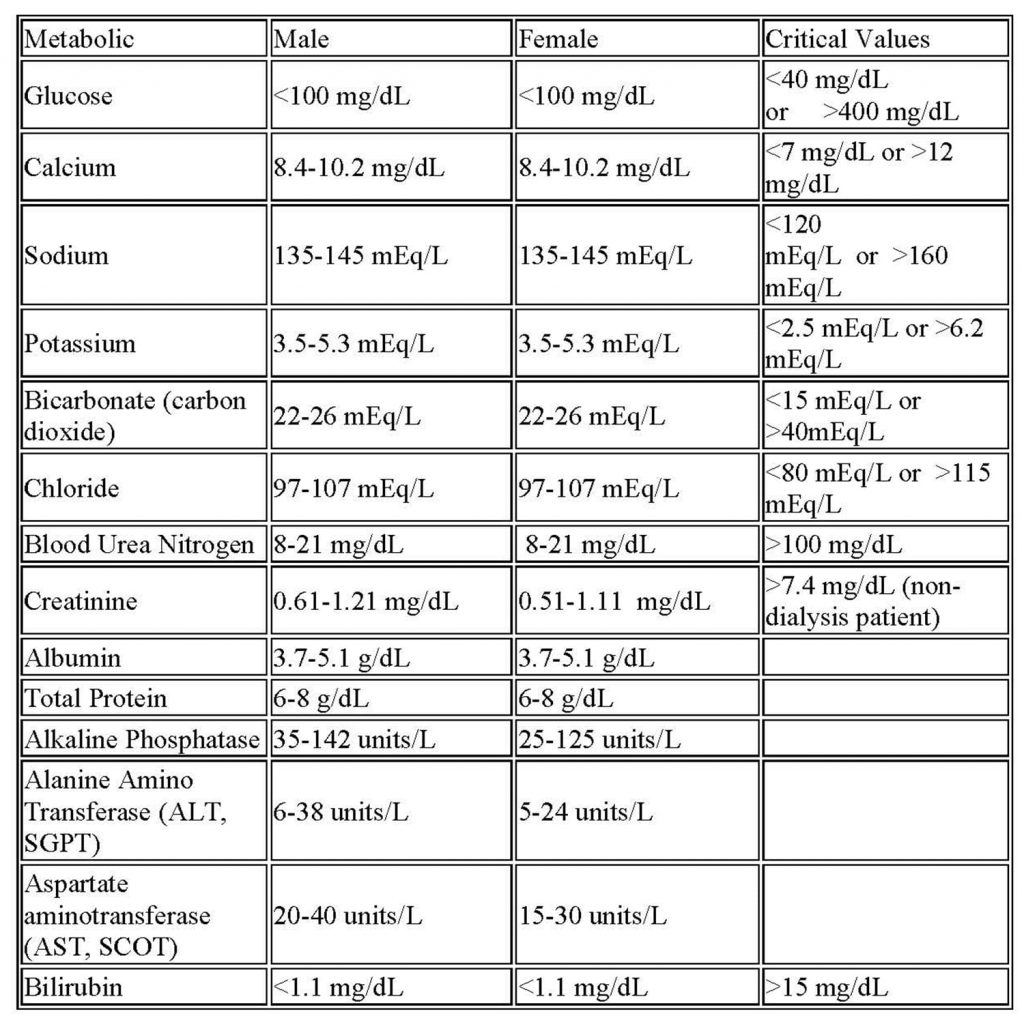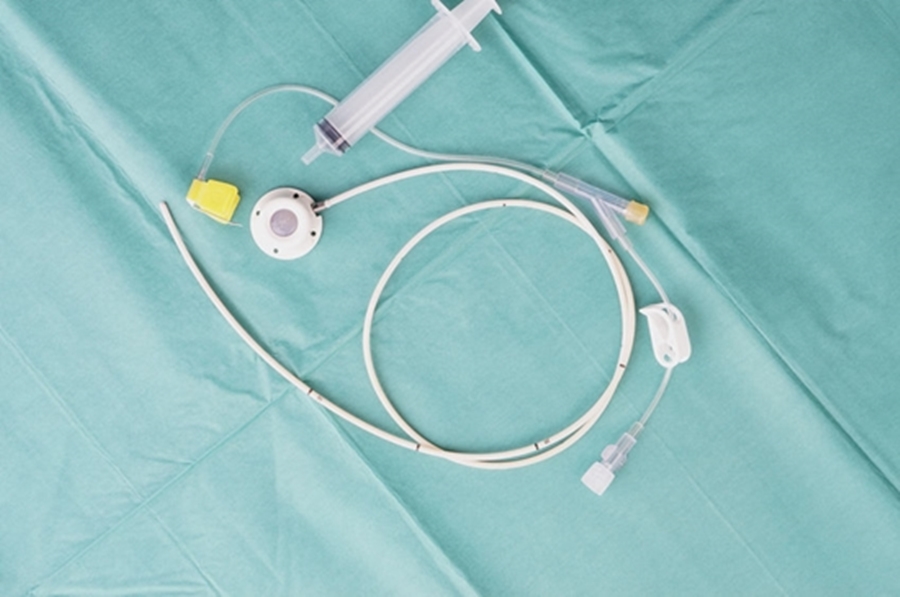Monitoring Your Metabolism
Metabolism is how we convert food into energy and use that energy to make the body function properly. That process is essentially a chemical one and occurs through a series of organs doing their part to mechanically break down the food and chemically decompose it into energy. If our organs don’t work correctly so that the chemicals get filtered in the right amounts, our body suffers the consequences. The Metabolic Panel tells us what organs are not doing their part if that happens.
The metabolic panel has five primary categories. Miscellaneous (Glucose, Calcium), Electrolytes (Sodium, Potassium, Bicarbonate, Chloride), Kidney Function, (Blood Urea Nitrogen, Creatinine), Proteins, (Albumin, Total Protein), and Liver Tests (Alkaline Phosphatase, Alanine aminotransferase, Aspartate aminotransferase, Bilirubin).
Metabolic Panel
The metabolic panel is one of the most common blood tests ordered and may include 8 or 14 tests. A basic panel has eight tests and looks primarily at electrolytes and kidney function in addition to glucose and calcium. A comprehensive metabolic panel includes an additional six tests that focus on liver function and protein levels. The accumulation of all this information provides your healthcare provider with a wealth of information about your family member’s metabolism.
To Understand Lab Values, You Need to Know What You’re Testing
Glucose – Glucose is the primary energy source for the body’s cells. A steady supply must be available for use, and a relatively stable glucose level maintained in the blood. Insulin transfers extra glucose from the blood to muscle, fat, and liver cells for storage, and the body burns it as needed for energy.
Calcium – Calcium is one of the most important minerals in the body. It is essential for the proper functioning of muscles, nerves, and the heart and required for blood clotting and bone formation. Calcium levels are regulated by the parathyroid gland and by Vitamin D.
Sodium – Sodium is vital to normal body function, including nerve and muscle function. It is the most abundant electrolyte outside the cells and is essential to maintaining the extracellular fluid’s osmotic pressure for acid/base balance.
Potassium – Potassium is necessary for cell metabolism and muscle function, and for helping to transmit messages between nerves and muscles. Abnormal potassium levels can significantly affect the heart muscle’s electrical impulses and lead to painful cramping in skeletal muscles. It plays a significant part in transforming glucose into energy and amino acids into proteins.
Bicarbonate (Total CO2) – Bicarbonate helps to maintain the body’s acid-base balance (pH). It provides the primary buffering system for the extracellular fluid system that flows throughout the body with CO2 bound to protein or physically dissolved.
Chloride – Chloride participates with sodium in maintaining the water balance and regulating osmotic pressure. Chloride contributes to gastric acid (hydrochloric acid) for digestion and activates enzymes to break down our food. We get most of our chloride from food in the form of salt (sodium chloride). The kidneys get rid of any unneeded chloride using our elimination processes-i.e., urine output.
Blood urea nitrogen (BUN) – The body cannot store protein. Amino acids and nitrogen make proteins from the food we eat. Urea is a nonprotein nitrogen (NPN) compound formed in the liver from ammonia and excreted by the kidney as a protein metabolism byproduct. Other NPN compounds excreted by the kidneys include uric acid and Creatinine. Evaluating uric acid and creatinine levels together is a good way to measure kidney functioning. As the BUN level rises, it’s a clear indication that kidney function is declining.
Creatinine – As mentioned above, Creatinine is another waste product of protein breakdown and often is a byproduct of muscle use. Creatinine is filtered out of the blood by the kidneys, so blood levels are a good indication of how well the kidneys are working.
Albumin – Albumin is a small protein made by the liver; it makes up about 60% of the blood’s total protein.
Total Protein – Total Protein measures albumin and all other proteins in blood; proteins are important building blocks of all cells and tissues and are essential for body growth, development, and health.
Alkaline phosphatase (ALP) – An enzyme found in bone, the liver, and other tissues. Liver disease or bone disorders commonly cause elevated levels of ALP in the blood.
Alanine aminotransferase (ALT, SGPT) – An enzyme found mostly in the cells of the liver and kidney; a useful test for detecting liver damage
Alanine aminotransferase (ALT, SGPT) – An enzyme found mostly in the cells of the liver and kidney; a useful test for detecting liver damage
Bilirubin – An orange-yellow pigment, a waste product primarily produced by the normal breakdown of heme; heme is a hemoglobin component found in red blood cells (RBCs). The liver removes bilirubin from the body after processing.
Metabolic Panel Values

Metabolic Panel Values – Column 1: represents the element being tested,
Column 2: the average normal for the general population of adult males,
Column 3: the average normal for the average population of adult females.
Column 4: critical values. When numbers are in this range, patient values are dangerously low or high.



